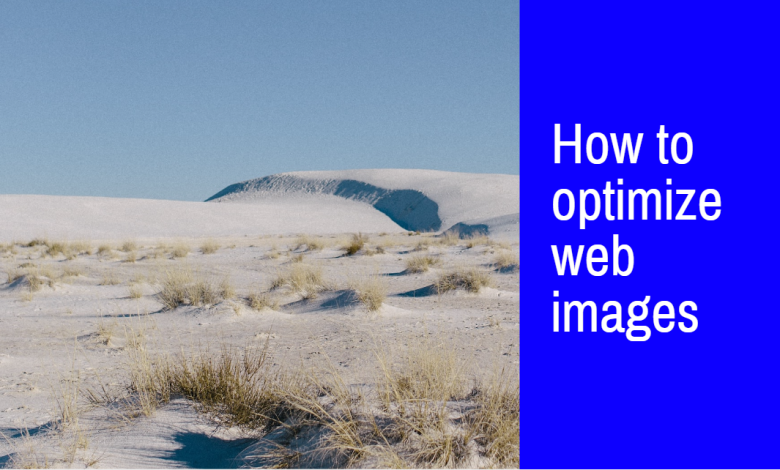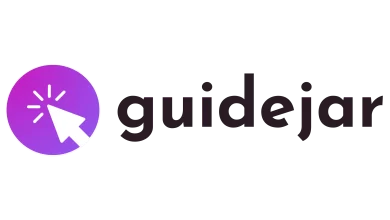How to optimize web images

For web images to be found in search engines on the global computer network, they must be optimized and placed on your website. In addition to making searches easier, SEO helps your page load faster, which increases interaction with your potential clients.
By way of a straightforward analogy, the internet serves as a sizable office. Every object has a place and is organized logically. For instance, your documents are likely organized into cabinets and folders that are appropriately labeled with the names of each file.
According to this line of reasoning, what chance do you have of rapidly finding what you’re looking for if you use numerous nameless folders and place a large number of random documents in there? Good thing it’s so tiny.
This is the same as on the Internet. Without proper organisation logic, we risk losing our data and photographs. This is a terrible method for promoting your website.
Therefore, picture optimization for the web is a crucial requirement. both for uploads on your computer and the internet (websites, social networks, blogs).
This is the same on the Internet.
Without proper organisation logic, we risk losing our data and photographs. This is a terrible method for promoting your website.
Therefore, image optimization for the web is a crucial requirement. both for uploads on your computer and the internet (websites, social networks, blogs).
OPTIMIZING IMAGE FOR WEB IS ESSENTIAL
Usually, people shoot or film or make images, and then download the material on their computers to immediately share.
Soon after, they start feeding social networks, sending emails and uploading. Most of the time, do not bother to rename the file to stay a name, besides more beautiful, more friendly with systems (miscellaneous) and following the logic, easier to locate, organize. Optimizing images for the web is essential for it to be found in the future – by you and everyone who searches the internet!
START BY RENAMING THE FILE THAT WILL BE USED
A file written in the correct way positively influences the positioning of your site in search ranking (SEO), for example. So never upload the images to your website (or social network) without putting a friendly name.
When you capture an image by camera or mobile phone, when downloading, it goes to your drive with a generic name, type “IMG_0077.JPG”. That’s a name that says nothing, and in the future, it will only harm your life. Also, there is no point in using a generic “photo.jpg” name.
HOW DO SEARCH ENGINES READ THE IMAGES?
Google, Bing, and Yahoo’s search engines are unable to “read” the content of the photos since doing so would involve extremely complicated programming logic. These engines interpret your image by reading the HTML language, and there are codes that ‘translate’ your image for them.
Therefore, in addition to giving them proper names, it is necessary to inform the tags / labels “title” (title) and “alt” (alternative text) in the code so that search engines can find their image on the Internet.
These properties are fairly simple to include and edit if your site was created using a Content Management System (CMS), like WordPress or Joomla.
WHAT IS THE ALT TAG?
It is used to describe the image. Internet trackers use the Alt tag to find images by content.
Do you know when we are on a website or blog and the image does not load, but when you hover over where the image would be, a small sentence appears? That’s the Alt tag.
In addition to being an interesting point for search engines, this tag is also functional for blind or visually impaired people. Since specific software can read this information.
WHAT IS A TITLE TAG FOR AN IMAGE?
It is the term that will show to users and serve as the title of your photograph, describing your subject. Therefore, optimization is constantly required. For instance, the title of the main image on the Task Internet website hosting services page is “Task Corporate Email Service.” This is one of the most important pieces of information displayed for both the browsing user and Google and other search engines.
For the SEO of your project, the title tag and the content are both crucial.
Although there is no character restriction for this tag, which is an addition to the Alt tag, it is advised that the text be brief.
OPTIMIZATION: SIZE AND QUALITY
When we talk about optimization, we are referring to performance. This means that your photo/illustration has gone through a process of reducing file size.
This process is essential to decrease page load time, as large images slow down your site and harm your user experience (and google performance).
The ideal is to decrease the image to its smallest possible size, without considerable loss of its quality.
So, what is the ideal size for an image on the internet? This will depend on various factors and file type (JPG, PNG, WEBP etc.). However, as a rule, you may consider an image around 100 Kb or 150 Kb as acceptable.
There is jpeg compress site that do image optimization for web.
The Internet is a tool that has many resources to publicize our business. For this, the watchword is optimization. The goal is to maintain an organization logic and, mainly, provide a good user experience.
Also, worry about the quality and size of the images. They can’t be large, so they don’t compromise the application’s load time, but they need to be quality.
For more articles visit: itimesbiz.com




